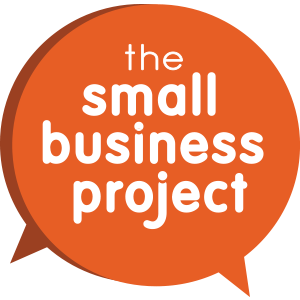A Micro Guide To Micro Influencers
For almost as long as advertising has existed, brands have used celebrities for endorsements. As social media evolves so does the use of influencers for marketing. A study by Nielsen found that only 33% of consumers trust online ads but 90% trust peer recommendations, and with new regulations putting a bigger onus on brands to clearly label when a piece of third-party influencer content has been paid for, micro influencers offer a cost-effective and accessible option for many small businesses.
Shakers and MakersTime Out published some research recently splitting influencers into the two categories of Shakers and Makers. Shakers being celebrities and very well established and popular social media ‘stars’ and Makers being those with a more modest, but still influential following. The research also found that “makers are 10% more likely to successfully influence somebody else to take an action, despite having fewer followers.”
1,000 Followers PlusTakumi is a micro influencer marketing platform and suggests that anyone with around 1,000 to 150,000 followers could be considered a micro influencer. Most people have a network of around 500 made up of friends, family and personal connections, but it’s when this network expands beyond this and develops into an ‘audience’ that the potential to influence materialises. You often find that people with slightly smaller networks tend to have more conversations with their audience,” says Solberg Audunsson, the company’s co-founder. “12,000 followers is a good number for you to start to see genuine back-and-forth interactions because people realise they’re more likely to get a response than if they were messaging Kim Kardashian.”
Time and ToolsBy their nature of being lower-key than the likes of Zoella, micro influencers can be more difficult to identify. This can make the process of... Continue reading
